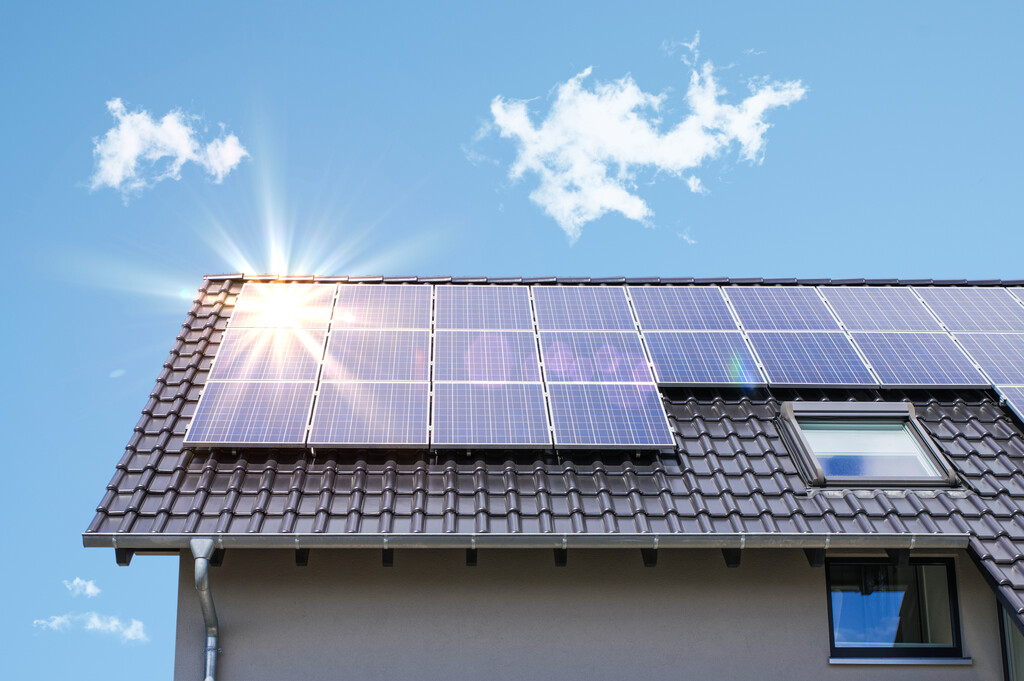How much does a 4kW solar PV system cost in Australia, and what sort of return on investment can a household expect to see if they install one? This article takes a look at the business case for 4kW solar systems in Australia’s capital cities.
How much does a 4kW solar system cost?
Solar PV system prices have dropped dramatically in the past few years, and the same goes for 4kW systems. Based on our data from October 2022 – we can see that on average a 4kW solar system would cost $4,920 including the STC rebate and GST. This price is broken down geographically across Australia in the table below which we update on a monthly basis:
4kW solar system prices by Australian city
| 4kW | |
|---|---|
| Adelaide, SA | $3,910 |
| Brisbane, QLD | $4,580 |
| Canberra, ACT | $4,840 |
| Darwin, NT | $6,780 |
| Hobart, TAS | $5,540 |
| Melbourne, VIC | $4,470 |
| Sydney, NSW | $4,290 |
| Perth, WA | $3,890 |
| All | $4,790 |
Notes on these prices
- Listed prices are averages of installers pricing from Solar Choice’s network of over 200 installers
- Price includes STC rebate but excludes any state based rebate (like Solar Victoria)
- Your price may vary on many factors like roof material, double stories, quality of solar equipment chosen etc.
History of 4kW solar system prices
Every month since August 2012, Solar Choice has been publishing pricing data for a range of solar PV system sizes across all of Australia’s capital cities. The cost of a 4kW Solar Choice has more than halved since we first started tracking these prices.
Compare solar quotes from up to 7 local installers now.
4kW solar system output
There are a number of factors that affect the actual power output of a 4kW solar system, however. These include:
-Geographical location of the system and the expected daily and annual solar irradiation and cloud cover levels there
–Orientation and tilt angle of the solar panel array
–Whether there is any shade cast on the panels
-Actual operating conditions of the panels & inverter (e.g. temperature)
Depending on where the system is located, it will receive different amounts of solar irradiation throughout each day and each year. The amount of sunshine falling on a solar system’s solar panels directly affects the system’s output. A solar system that is facing the right direction (i.e. north) in Australia can expect to receive around an annual average of 4 hours of ‘peak sun’ (peak sun hours, or PSH) per day, although Tasmania receives less than this, and Broome, WA receives more. This is only the daily average across the course of the year; it is important to keep in mind that the sun shines for more hours in the summer months and fewer in the winter.
For example, an 85% efficient 4kW solar system in Sydney would produce about 14kWh of power on a day in the middle of winter, whereas in the summer output from the same 4kW solar PV system would be around 20kWh. (Figures are approximate, based on outputs from NREL’s PVWatts calculator.)
4kW solar system financial returns
The financial return on a 4kW solar system depends on a few important factors.
- How much electricity you use and whether you use it during the daytime
- Your electricity rates and what you can get by selling energy back to the grid
- The cost to install solar
At Solar Choice, we have developed a free calculator to help Australians estimate the financial return in their own circumstances. Using this tool we have also generated the results for some typical scenarios for a 4kW system across Australia.
| System Cost | Assumed Electricity Rate | Assumed Feed In Rate | Assumed Daily Energy Usage | Payback Period | IRR | |
| Adelaide | $3,900 | 35c | 8c | 20 kWh | 2.5 Years | 40% |
| Brisbane | $4,880 | 26c | 6c | 20 kWh | 4.1 Years | 24% |
| Canberra | $5,000 | 29c | 7c | 20 kWh | 3.9 Years | 26% |
| Darwin | $7,210 | 27c | 9c | 20 kWh | 5.3 Years | 19% |
| Hobart | $5,690 | 33c | 8c | 20 kWh | 4.1 Years | 25% |
| Melbourne | $4,770 | 22c | 5c | 20 kWh | 5.0 Years | 20% |
| Perth | $3,730 | 31c | 6c | 20 kWh | 3.7 Years | 38% |
| Sydney | $4,210 | 29c | 7c | 20 kWh | 3.3 Years | 31% |
Assumptions
- This assumes that 50% of the total energy consumption (20 kWh) is used during the daytime.
- Pricing comes from Solar Choice’s Price Index for July 2023
Want to learn more? Try plugging some figures into our solar system ROI calculator yourself! Self-consumption is just one of the variables that can be adjusted to determine your likely payback time and return on investment. (Calculator outputs are indicative only–please keep in mind that electricity rates and feed-in tariff rates may change over time.)
Compare solar quotes from up to 7 local installers now.
- Tesla Wall Charger (Gen 3): An Independent EV Charger Review by Solar Choice - 16 April, 2024
- Compare Solar Feed-in Tariffs – State by State - 12 April, 2024
- Which electricity retailer offers the best solar feed-in tariff? - 12 April, 2024

Thanks,There is such a long way to go to convince people about solar power systems, in the UK i dont believe we are getting full backing yet,